The application process for Premium Glass Vial Labels for steroid
The application process for customizable labels is an important consideration to ensure a smooth and efficient labeling experience. The application process can vary depending on the type of labels and the adhesive used. Here are the general steps involved in applying customizable labels to glass vials:
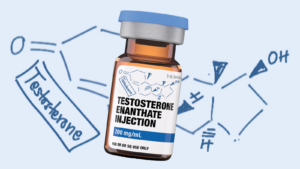
Surface Preparation: Before applying the labels, ensure that the surface of the glass vials is clean, dry, and free from any dust, oils, or residues. Cleaning the surface ensures better adhesion and prevents any interference with the label’s performance.
Label Placement: Determine the desired placement of the label on the glass vial. Take into account any regulatory requirements or specific product information that needs to be displayed prominently. Ensure that the label is aligned correctly and positioned evenly for a professional appearance.
Peel and Stick: For adhesive labels, peel off the backing paper or liner from the label, exposing the adhesive side. Carefully position the label on the glass vial, starting from one edge and smoothing it down onto the surface. Apply even pressure to ensure good adhesion.
Avoid Air Bubbles and Wrinkles: Take care to avoid trapping air bubbles or wrinkles during the application process. Smooth out the label gently from the center to the edges to eliminate any air pockets or wrinkles. This ensures a clean and professional look.
Firm Adhesion: Once the label is applied, press down firmly on the entire surface of the label to ensure proper adhesion. This step helps to activate the adhesive and ensure that the label securely adheres to the glass vial.
Curing Time: Depending on the adhesive used, there may be a recommended curing time before the glass vials can be handled or subjected to further processes, such as packing or transportation. Follow the instructions provided by the label manufacturer regarding the appropriate curing time.
Quality Check: After the labels are applied, perform a quality check to ensure that they are securely attached, legible, and free from any defects. Check for proper alignment, adhesion, and readability of the information displayed on the label.
It is worth noting that some customizable labels may require specialized equipment or application methods. In such cases, it is important to follow the specific instructions provided by the label manufacturer or seek assistance from their technical support team.
By following the appropriate application process, you can ensure that the customizable labels are applied accurately, securely, and professionally to the glass vials, resulting in a visually appealing and functional labeling solution.
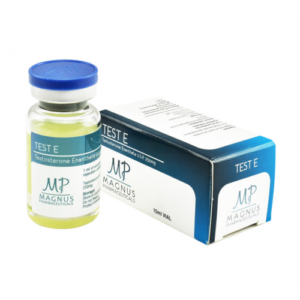
FAQ for vial labels
Can customizable labels be applied to different types of glass vials?
Yes, customizable labels can be applied to different types of glass vials. They are designed to accommodate various sizes and shapes of glass vials, including cylindrical, rectangular, or uniquely shaped vials. Customizable labels can be die-cut or digitally cut to match the specific dimensions and contours of the vials, ensuring a seamless fit and professional appearance.
Are customizable labels waterproof?
The waterproof properties of customizable labels depend on the materials and adhesives used. Many customizable labels are designed to be water-resistant or have waterproof options available. Labels made from synthetic materials like vinyl or polyester, along with high-quality adhesives, offer greater resistance to water, moisture, and humidity. It is important to choose labels specifically labeled as waterproof or water-resistant if you require this property for your glass vials.
How long do customizable labels last?
The lifespan of customizable labels can vary depending on several factors, including the materials used, environmental conditions, handling, and storage practices. High-quality labels made from durable materials such as vinyl or polyester, with proper application and care, can last for a long time. Labels that undergo testing and certification for durability and resistance to factors like abrasion, chemicals, and UV exposure tend to have a longer lifespan. It is advisable to consult with the label provider for specific information regarding the expected longevity of their customizable labels.
Can customizable labels withstand extreme temperatures?
Customizable labels can be designed to withstand a range of temperatures; however, the specific temperature range they can tolerate will depend on the materials and adhesives used. Labels made from durable materials like vinyl or polyester, with high-quality adhesives, are often more resistant to extreme temperatures. It is important to consider the temperature variations that the glass vials may encounter during their lifecycle, and select labels that are suitable for those specific temperature ranges. Consult with the label provider for information on the temperature resistance capabilities of their customizable labels.
Are customizable labels suitable for pharmaceutical use?
Yes, customizable labels can be suitable for pharmaceutical use. Many label providers offer customizable labels that comply with industry regulations and guidelines, such as those set by the FDA (Food and Drug Administration). These labels are designed to meet specific requirements for pharmaceutical products, including the use of appropriate materials, adhesives, and printing techniques. Customizable labels for pharmaceutical use can incorporate important information such as drug names, dosage instructions, barcodes, and regulatory symbols. It is essential to choose customizable labels that are specifically designed and certified for pharmaceutical applications to ensure compliance with industry standards and product safety requirements.
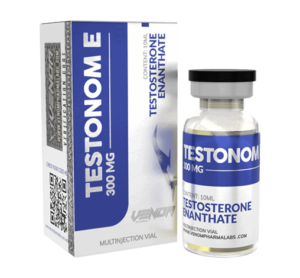
Order Process
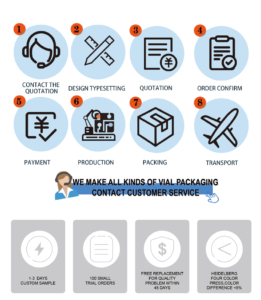
Payment
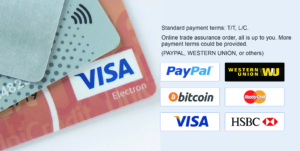
Logistics and Transportation


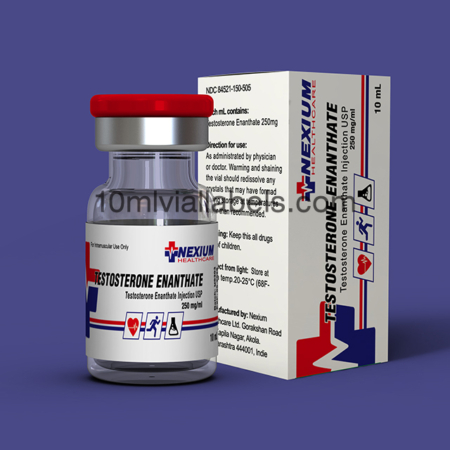
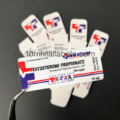
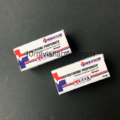
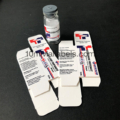
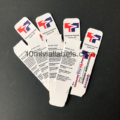
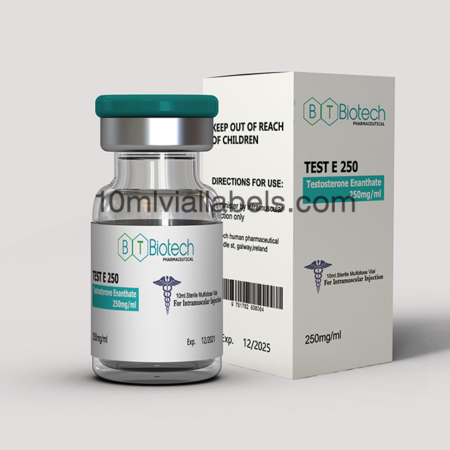
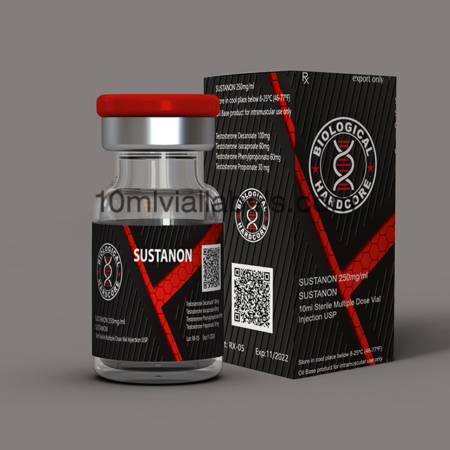
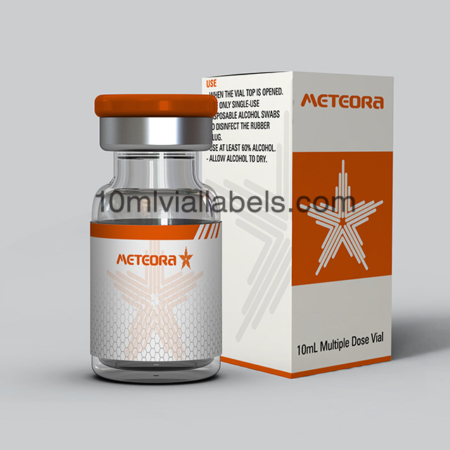
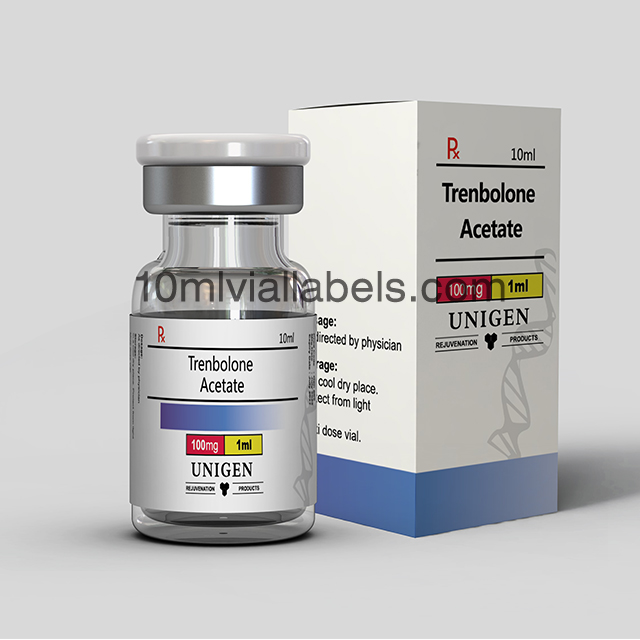
Reviews
There are no reviews yet.